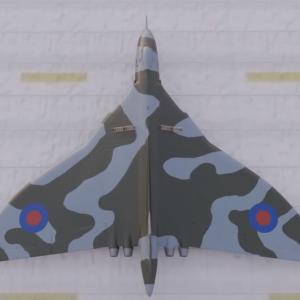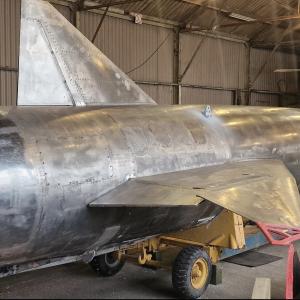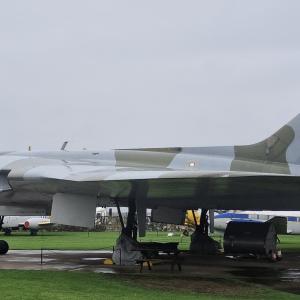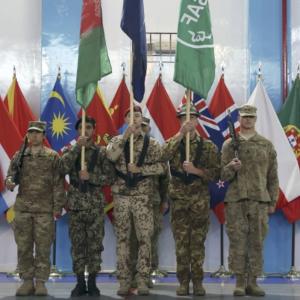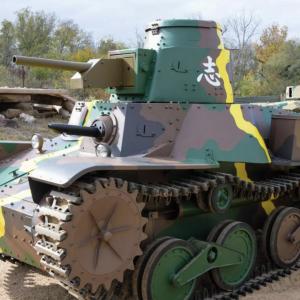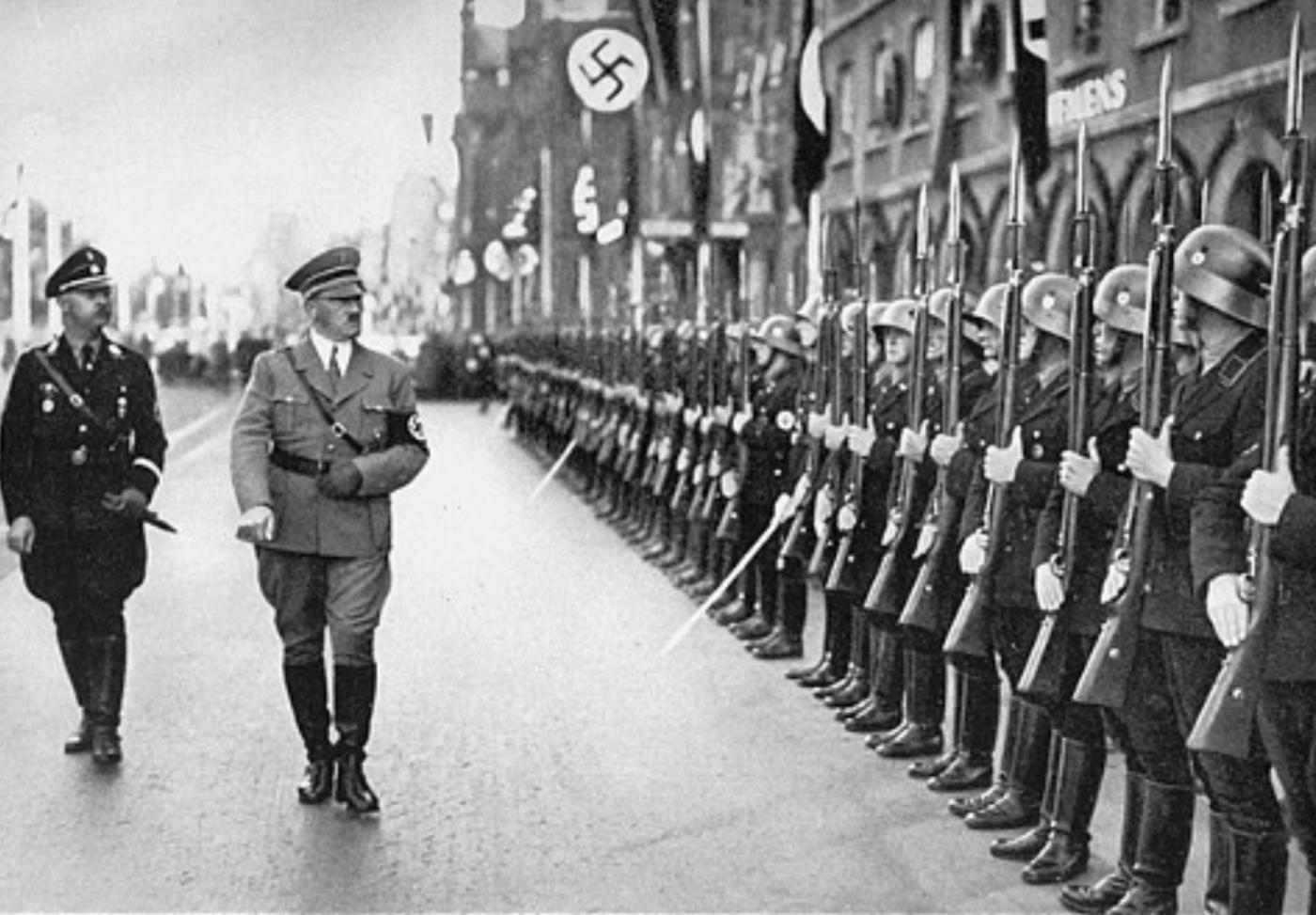
Waffen -SS
The Waffen-SS, or "Armed SS" (Waffen Schutzstaffel), was the military branch of the Nazi Party’s SS organization, distinct from the regular German army (Wehrmacht). Originally formed as Adolf Hitler’s personal bodyguard in the 1920s under the broader umbrella of the SS (Schutzstaffel), the organization was initially small and politically driven. Its main role was to protect Nazi leaders and enforce party discipline. However, under the leadership of Heinrich Himmler, the SS evolved from a paramilitary police unit into a powerful ideological and military force loyal solely to Hitler.
The Waffen-SS formally emerged in the 1930s as a means to provide elite troops loyal not to the German state but to the Führer himself. Unlike the Wehrmacht, the Waffen-SS was built around Nazi ideological principles, especially those of racial purity, antisemitism, and absolute obedience. Early formations, such as the Leibstandarte SS Adolf Hitler (LSSAH), began as ceremonial and security units but gradually became frontline combat troops. As the Nazi regime prepared for war, the Waffen-SS expanded and was integrated into military campaigns, starting with the invasion of Poland in 1939.
During the early years of World War II, the Waffen-SS consisted primarily of volunteers, mostly from Germany and Austria, and was composed of ideologically vetted recruits. As the war expanded, manpower needs led to the formation of foreign SS divisions, including volunteers from occupied countries and even from non-Germanic regions. Despite their origins, these foreign units often proved effective in battle, although they were not always treated equally within the SS hierarchy.
What made the Waffen-SS particularly feared was not just their battlefield effectiveness, but their intense ideological indoctrination and brutal tactics. Recruits underwent a rigorous and often sadistic training regime designed to break down individuality and instill complete obedience. The physical training was grueling, emphasizing endurance, aggression, and close combat. More importantly, recruits were saturated with Nazi ideology from the outset. They were taught to see themselves as the racial elite and the vanguard of a new European order. Jews, Slavs, and other groups were dehumanized in this worldview, which justified extreme violence and war crimes as necessary or even heroic.
The SS motto, "Meine Ehre heißt Treue" ("My honor is loyalty"), reflects this psychological conditioning. Loyalty—to Hitler, to the SS, and to Nazi ideology—was the central pillar of the Waffen-SS identity. This motto reinforced their self-image as an elite force, separate from and superior to the traditional military, with a mission not just of national defense but of ideological conquest.
This ideological fanaticism translated into extreme actions on the battlefield. The Waffen-SS was known for both its tenacity in combat and its involvement in atrocities. Units such as the Totenkopf ("Death’s Head") Division originated from concentration camp guards and brought with them a brutal mindset, committing massacres of civilians and prisoners of war. The Waffen-SS played leading roles in some of the worst crimes of the Nazi regime, including the suppression of the Warsaw Uprising and the destruction of Oradour-sur-Glane in France.
As the war continued, the Waffen-SS expanded significantly, eventually fielding over 900,000 men in 38 divisions. These divisions varied greatly in quality and composition. The elite units, such as the 1st SS Panzer Division Leibstandarte, 2nd SS Das Reich, and 3rd SS Totenkopf, were well-equipped, highly trained, and frequently deployed at critical points in major battles such as Kursk, Normandy, and the Battle of the Bulge. Other formations, especially those raised from foreign volunteers in the later stages of the war, often lacked training, cohesion, and sufficient equipment.
Despite internal disparities, the Waffen-SS gained a fearsome reputation for battlefield prowess. They were often deployed in desperate situations where intense resistance was expected. Their fierce fighting spirit, combined with a disregard for conventional military ethics, contributed to both their success and their notoriety. Their willingness to fight to the last man in many engagements made them both admired and hated by friend and foe alike.
The Waffen-SS's legacy is deeply tarnished by their criminal record. Unlike the Wehrmacht, the Waffen-SS was declared a criminal organization at the Nuremberg Trials in 1946 due to its direct involvement in war crimes and the Holocaust. Many former members tried to distance themselves from the atrocities, emphasizing their role as soldiers rather than ideologues. Nonetheless, historical evidence clearly shows that many units participated in massacres, reprisals, and genocide.
In summary, the Waffen-SS began as a small, ideologically driven bodyguard unit and evolved into a vast military machine that combined elite combat performance with unwavering loyalty to a murderous regime. Their fearsome reputation came not only from their effectiveness on the battlefield but also from their ideological fanaticism and ruthless conduct, which left a dark legacy in European history.

